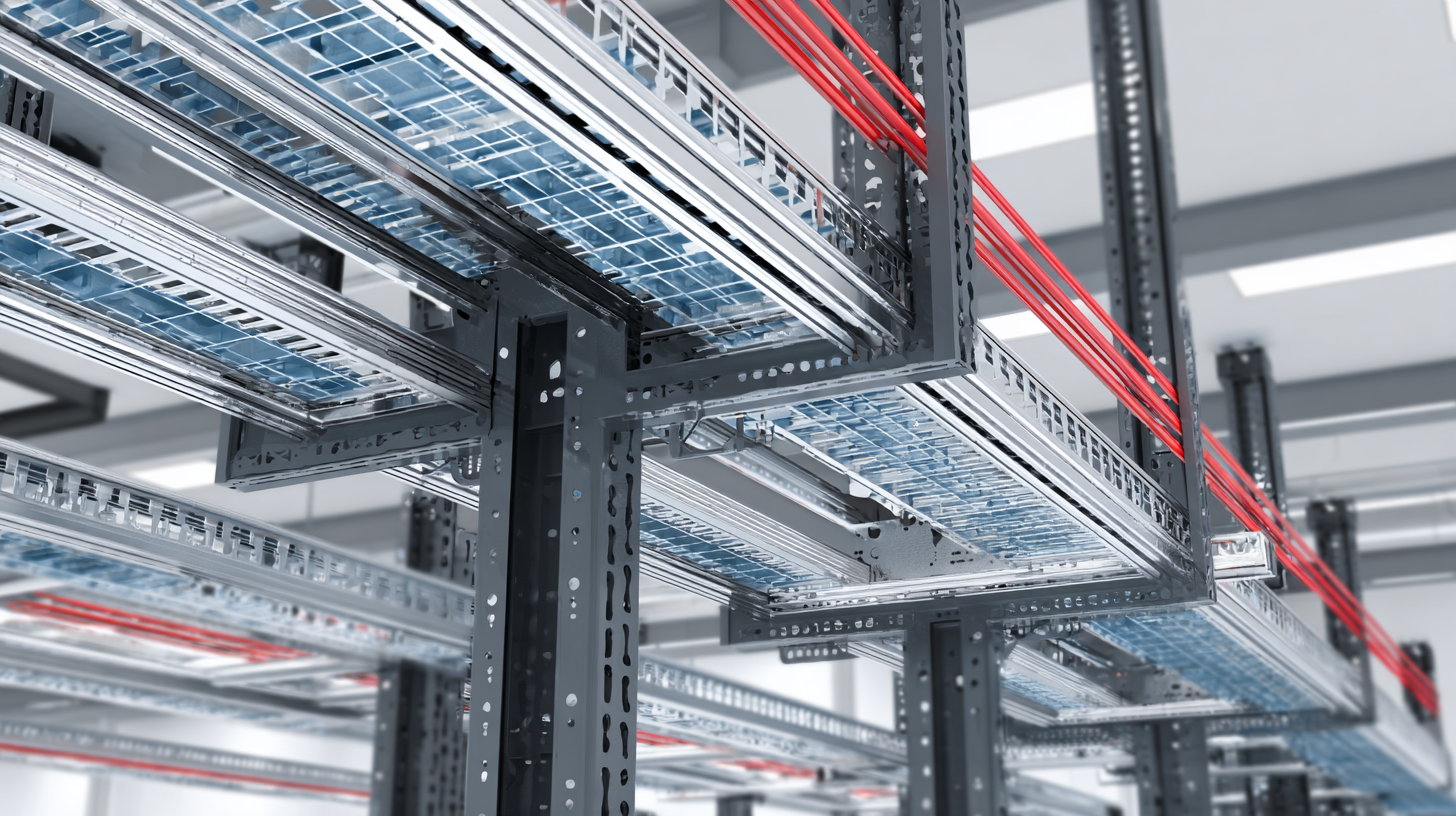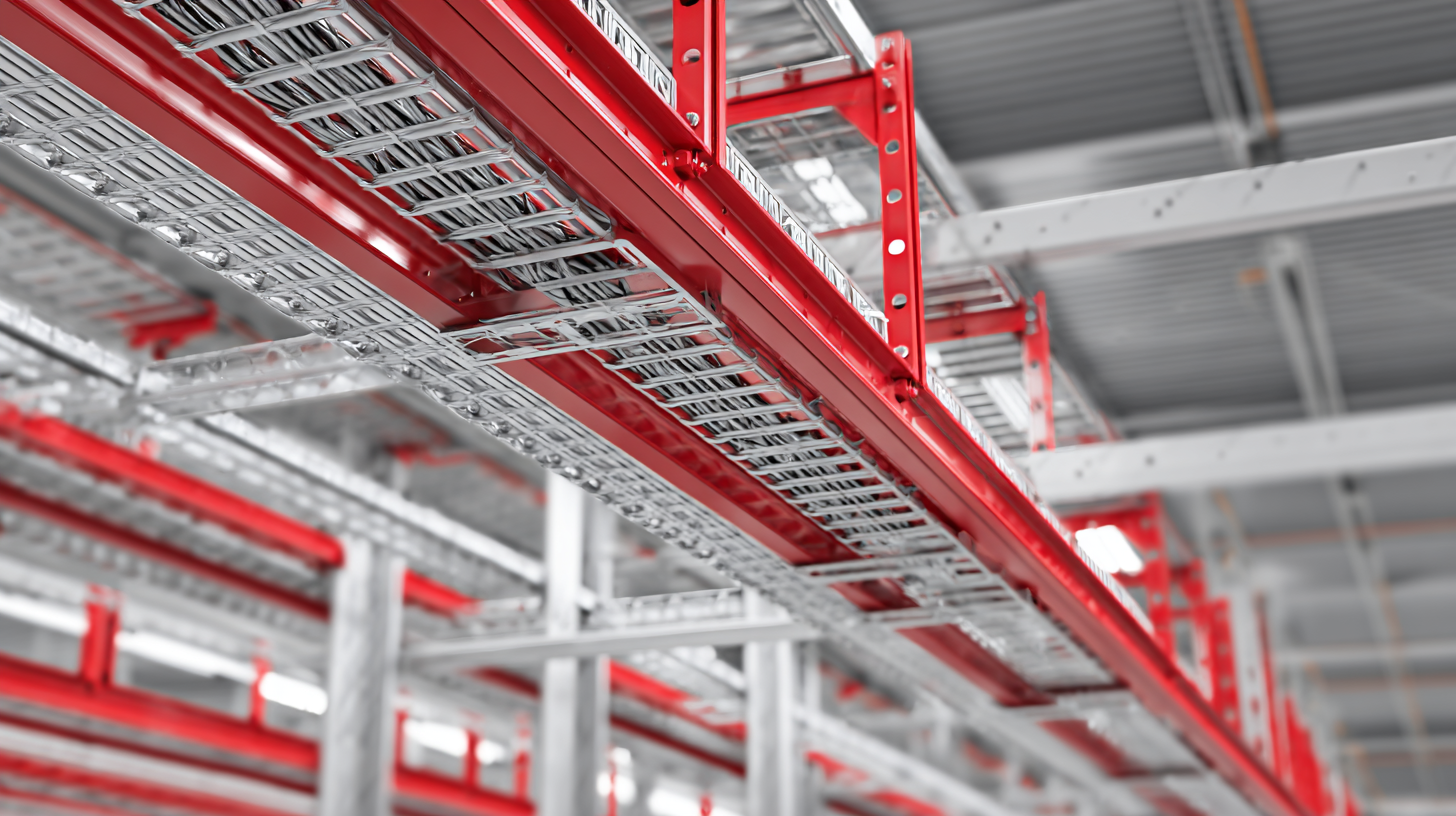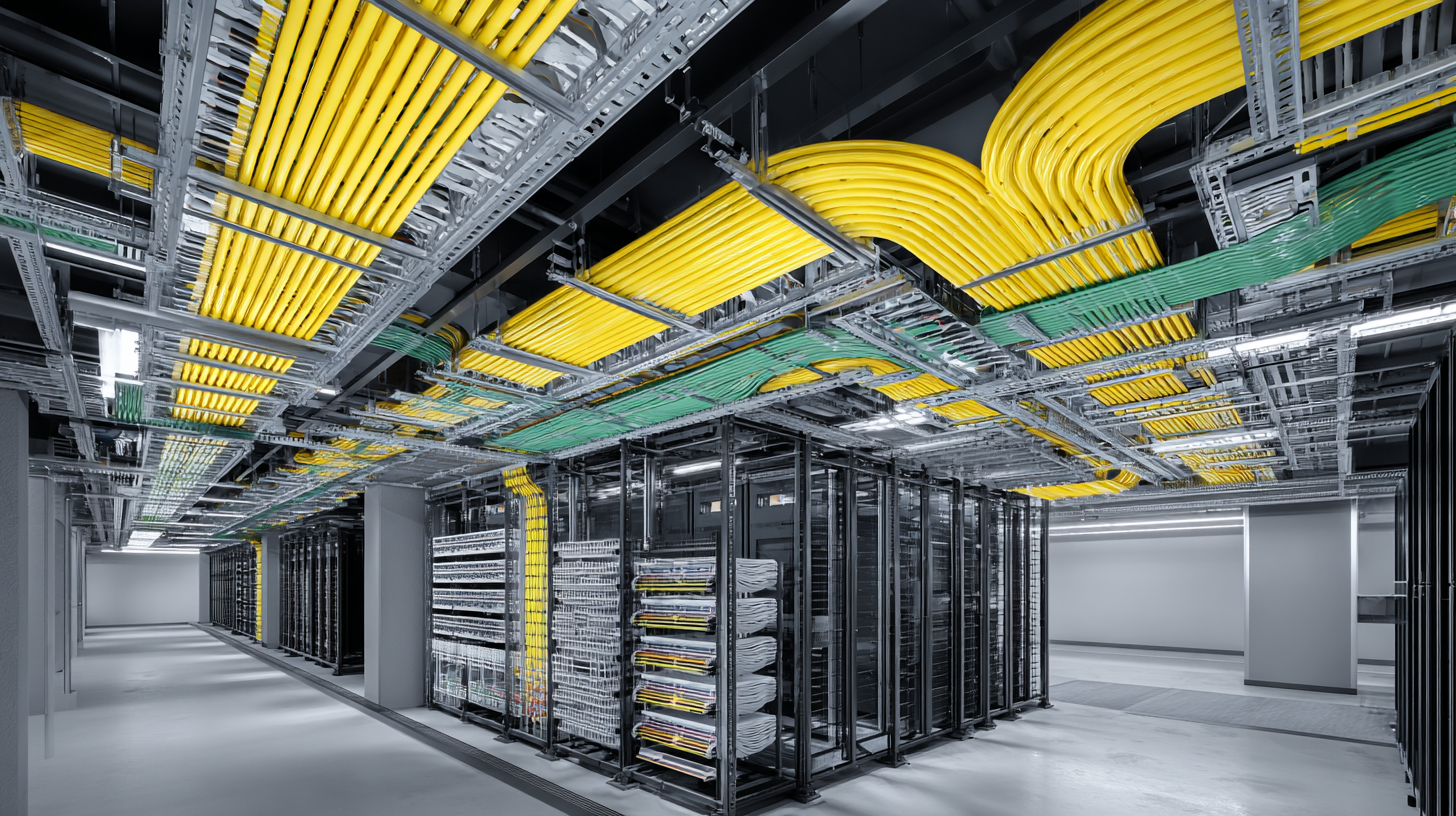For over 50 years, we have dedicated ourselves to providing Industry with best in class wire management solutions and to helping solve mission critical issues.
The needs of today’s schools and universities are changing fast. When it comes to anticipating and meeting those needs, MonoSystems is in a class of its own.
For the past five decades, we’ve made it our business to offer more value to our partners, which in turn provides greater value to their customers.
Emerging Technologies Shaping Best Cable Tray Systems for 2025 and How to Optimize Your Setup
As we move towards 2025, the landscape of cable tray systems is undergoing significant transformation due to emerging technologies that enhance efficiency, safety, and customization. According to a recent industry report by MarketsandMarkets, the global cable tray market is projected to reach USD 4.43 billion by 2025, driven by increasing demands for streamlined wiring processes in sectors such as telecommunications, construction, and manufacturing.

The evolution of cable tray systems encompasses various products, each designed with unique features tailored for specific applications, from heavy-duty trays suitable for industrial settings to lightweight solutions ideal for commercial environments.
As we explore the different types of cable tray systems and their respective advantages, we will also look at optimization strategies to ensure that these systems not only meet current operational needs but also anticipate future challenges and innovations in the industry.
The Role of IoT in Optimizing Cable Tray Systems for Enhanced Efficiency
The integration of the Internet of Things (IoT) into cable tray systems is revolutionizing how we manage and optimize resources in 2025. By leveraging IoT-enabled devices, organizations can monitor their cable trays in real time, enabling better control over installation layouts and reducing maintenance costs. Smart sensors can detect cable wear and environmental conditions, automating alerts for necessary interventions before major failures occur.
To enhance the efficiency of these systems, consider implementing energy-aware scheduling mechanisms. This approach optimizes the allocation of resources based on real-time energy consumption data, thereby improving overall system performance. Additionally, it can help in reallocating workloads among IoT devices connected at the edge of the network, which is crucial for managing power effectively.
Here are a few tips to further optimize your cable tray setup: first, ensure regular updates on your IoT systems to utilize the latest features and fixes. Second, invest in smart monitoring tools that provide comprehensive insights into your system's performance. And lastly, train your team to understand and maximize the benefits of these technologies for better resource management.
Impact of IoT Integration on Cable Tray System Efficiency (2025)
This chart illustrates the impact of IoT integration on the efficiency of cable tray systems from 2025. The efficiency percentage significantly increases after the implementation of IoT technologies, demonstrating enhanced performance and optimization capabilities in modern setups.
Innovative Materials Revolutionizing Cable Tray Design in 2025
As the demand for efficient cable management systems continues to rise, innovative materials are at the forefront of revolutionizing cable tray design in 2025. Advanced polymers, such as fiberglass reinforced plastics, are now gaining traction due to their lightweight yet durable properties. According to a report by MarketsandMarkets, the global cable tray market is projected to reach USD 4.5 billion by 2025, reflecting an annual growth rate of 6.8% from 2020, driven partially by these novel materials that provide corrosion resistance and improved load capacity.
Additionally, the integration of smart materials, such as self-healing polymers, is redefining the functionality and longevity of cable tray systems. With maintenance costs accounting for nearly 30% of total ownership expenses in industrial settings, incorporating these materials can significantly reduce downtime and enhance operational efficiency. A study by Research and Markets indicates that the adoption of materials like these could decrease maintenance-related expenditures by up to 40%, making them an attractive option for industries aiming to optimize their setups while enhancing system reliability and reducing lifecycle costs.

Integrating AI and Machine Learning for Smart Cable Management Solutions
The integration of AI and machine learning into cable management solutions is transforming how we organize and maintain electrical systems. With the rapid advancement of these technologies, modern cable trays are being designed not only for efficiency but also for intelligent monitoring and predictive maintenance. This means that systems can now identify potential issues before they escalate, ensuring minimal downtime and optimizing maintenance schedules.
To make the most of these emerging technologies, consider implementing smart sensors that track the condition of cables and their environment. Such devices can send real-time data to centralized management systems, allowing for immediate action when discrepancies are detected. Additionally, leveraging machine learning algorithms can help analyze historical data, providing insights into usage patterns and performance metrics, which can inform future design and layout decisions.
When optimizing your cable tray setup, always prioritize modular designs that can adapt to changing business needs. This flexibility enables easier upgrades or reconfigurations as technology evolves. Furthermore, regularly update your digital management tools to incorporate the latest AI advancements, ensuring your cable management system remains robust and efficient as you head into 2025 and beyond.
Sustainable Practices in Cable Tray Manufacturing: A Greener Future
As industries continue to evolve, the demand for
sustainable practices
in cable tray manufacturing has never been more urgent. According to a recent report by the
International Energy Agency (IEA),
the global demand for energy-efficient solutions
is expected to rise by 40% by 2025. This trend highlights the need for
manufacturers to adopt greener technologies in their production processes. For instance, the use of
recycled materials in cable tray construction not only reduces waste but can also significantly lower the carbon footprint.
Manufacturers that incorporate up to 70% recycled materials see an average reduction of
30% in greenhouse gas emissions, as reported by the
Green Building Council.
Moreover, the integration of advanced manufacturing technologies, such as
3D printing and automated processes, has the potential to
revolutionize cable tray production. The World Economic Forum indicates that the
adoption of Industry 4.0 technologies could increase operational efficiencies by up to
25% and reduce material usage by an equivalent percentage. This not only enhances sustainability
but also enables companies to offer more competitively priced products without compromising quality. As
businesses begin to prioritize environmental responsibility, embracing these
sustainable practices will be crucial
for success and for aligning with the principles of a
greener future in cable management solutions.
Essential Design Considerations for Future-Proof Cable Tray Systems
When designing cable tray systems for the future, several essential considerations must guide the decision-making process. First and foremost, the adaptability of the tray design is critical. As technologies evolve, the infrastructure must accommodate various cable types, including fiber optic, power, and communication cables. Selecting materials that allow for easy reconfiguration and expansion will ensure longevity and relevance in a rapidly changing technological landscape.

Another vital aspect is the integration of smart technologies into cable tray systems. Incorporating sensors and monitoring capabilities can enhance efficiency and preemptively identify maintenance needs. This proactive approach helps minimize downtime and improve overall system reliability. Additionally, considering factors such as weight distribution and thermal management will lead to improved performance and safety, addressing both current requirements and future demands. By focusing on these design considerations, businesses can create cable tray systems that not only fulfill present needs but also stand resilient in the face of future challenges.


